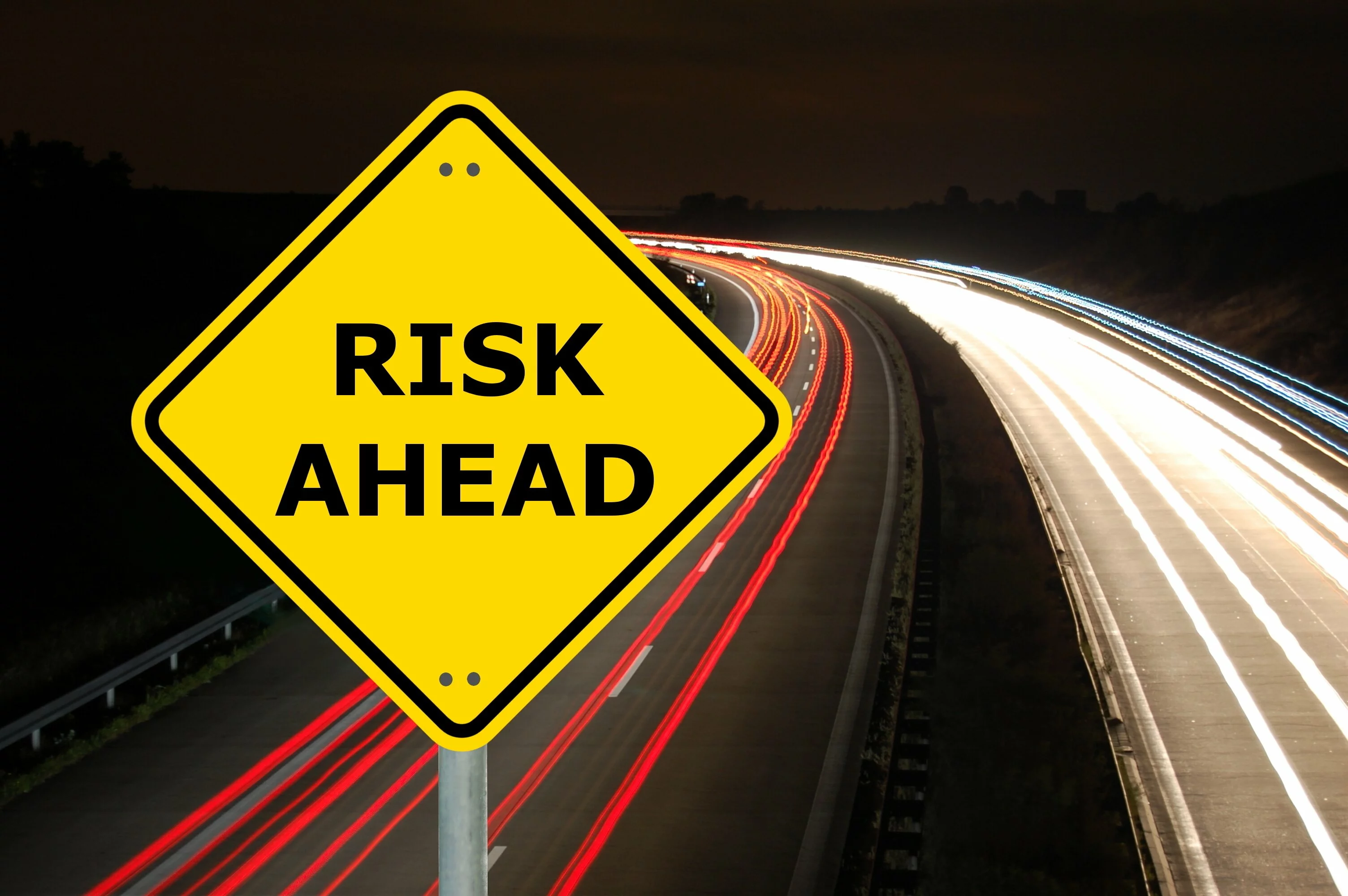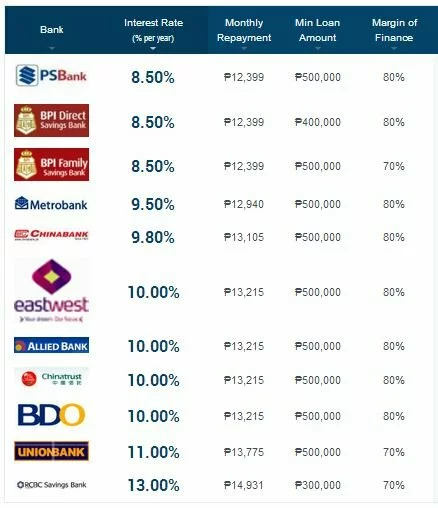Hello, Friend!
Welcome to Journey to Millions!
Everyday, you make a lot of personal and financial decisions that shape your financial life. Seven days a week, twelve months a year, you choose how to spend, save, and share your money, time, and effort on people, things, and activities that matter to you. But how often do you think about the risks associated with the personal and financial decisions you make?
In this article, you will discover a number of risks involved in making your personal and financial decisions and explore what actions you can take to manage them.
What is a RISK?
Risks are all around you. Every day, you are exposed to risks of many various kinds and levels. Sometimes, you are involuntarily facing risks, like when your neighbor’s dog runs after you or your kid pleads you to buy him/her an expensive toy. Sometimes, you voluntarily seek it, like when you willingly ride a roller coaster or pay for the hospitalization of your parents. Some other times, you are just completely unaware of the risks you are facing, like the quality of the air you breathe or the appropriateness of the investment account you were suggested to open.
Uncertainty is a big part of your life. However, if you are dreaming of becoming a millionaire and staying a millionaire, you better start caring about the risks that you are taking everyday. You better be able to identify the risks your action or inaction bring you, specially with respect to your financial life.
Types of Risks
1.) Inflation Risk
When I was in high school, I often ate McDonald’s Cheeseburger meal for P39.00 (if I remember the price correctly). The meal includes a cheeseburger, a regular-sized soft drink, and a regular-sized pack of French fries. Today, in 2014, the very same meal would cost me a whopping P78.00!
This increase in price through time is what we call inflation. Except in very special cases, the prices of goods and services generally increase year after year. As inflation rises, the purchasing power of every peso decreases, meaning we get to buy less goods and services for the same amount of money.
According to www.tradingeconomics.com,
The inflation rate in Philippines was recorded at 3.90 percent in March of 2014. Inflation Rate in Philippines is reported by the National Statistics Office of Philippines. Inflation Rate in Philippines averaged 8.92 Percent from 1958 until 2014, reaching an all time high of 62.80 Percent in September of 1984 and a record low of -2.10 Percent in January of 1959.
Here is a graph to assist you in imagining the rate of inflation in the Philippines through time.
Source: tradingeconomics.com
Now, what has this thing got to do with you? How will inflation affect your personal and financial decisions?
Let me introduce you to Juan, Pedro, and Juana. In early 2013, the three of them received P100,000 each from their lucky uncle who won a lotto jackpot.
Juan kept his money in an envelope under his bed. Pedro kept his money in a bank savings account earning 0.75 percent per year. While Juana invested her money in a bond fund earning 4 percent per year.
After a year, the prices of goods and services increased by 4 percent. Let’s see how this inflation rate affected Juan, Pedro, and Juana’s money.
| Name | Invested Amount | Invested Amount After 1 Year (without inflation) | Invested Amount After 1 Year (with inflation) |
| Juan (0%) | P 100,000 | P 100,000 | P 96,000 |
| Pedro (0.75%) | P 100,000 | P 100,750 | P 96,750 |
| Juana (4%) | P 100,000 | P 104,000 | P 100,000 |
- Think about whether to buy something now or later. If you choose to buy later, you might be forced to pay more.
- Check if your salary/income is able to keep up with our country’s inflation rate. Does your employer give you adequate salary increase every year? (I really really hope so.) Remember that there’s a fat chance that your P100 today won’t be able to buy as much goods and services next year. So, a yearly salary increase is a big help in maintaining your purchasing power.
2.) Interest Rate Risk
Interest Rate Risk when you borrow – Imagine yourself borrowing money from the bank to buy your dream house. Using www.imoney.ph, you can see how much banks would ask you to pay on a monthly basis if you borrow P1,000,000 from them, on a fixed rate, payable in 10 years.
You will notice that if you borrow money from a bank with a higher interest rate, you will have to pay more every month.
For example, if you borrow from PSBank or BPI, at 8.5% interest rate, you would only need to pay P12,399 every month. But if you borrow from RCBC Savings Bank, at 13% interest rate, you would need to pay P14,931. That’s a difference of P2,532 per month, or P30,384 per year, or P303,840 in ten years. (Please note that I am not endorsing any of the banks mentioned and that the numbers presented above are for illustration purposes only. Due diligence is highly encouraged.)
Given this concept of interest rate when borrowing money, you might want to:
Save money by carefully finding a financial institution that would offer you the least interest rates possible when taking out a loan. Again, due diligence is highly encouraged.
Borrow at a time when the interest rates are low. To give you an idea on whether it’s a good time to borrow money in 2014, here’s a graph showing the interest rates in the Philippines through the years courtesy of www.tradingeconomics.com.
Source: tradingeconomics.com
Interest Rate when you save or invest – Imagine you are 20-30 years away from your retirement and you want to save or invest a small portion of your monthly income in a mutual fund. Of course, you want your money to grow as much as possible and live a comfortable life when you retire. Among the three hypothetical mutual funds listed below, which one do you think will make you more money in the long run?
Average Five Year Rate of Return (Historical)
-Equity Fund, 25% interest rate
-Balanced Fund, 15% interest rate
-Bond Fund, 5% interest rate
| Funds | Invested Amount | Invested Amount After 5 Years |
| Equity Fund (25%) | P 10,000 | P 30,518 |
| Balanced Fund (15%) | P 10,000 | P 20,114 |
| Bond Fund (5%) | P 10,000 | P 12,763 |
If you understand the effect of interest rates on your retirement fund, you would intuitively choose the equity fund which hypothetically makes your money grow 25% in five years. However, just like the inflation rate and the interest rate when you borrow, the interest rate when you save or invest also fluctuates.
To give you an idea on how much Philippine mutual funds gain or lose in a specific span of time, here is a list of Philippine mutual funds and their corresponding gains and loses courtesy of Business World Online.
- Start comparing the interest rates offered by banks when you open savings accounts, certificates of deposits, and/or other investment vehicles available in the market (such as mutual funds, shares of stocks, etc.) Not all financial products/services are the same.
- Make sure that your money is able to grow more than the inflation rate and grow as much as possible, given the level of risk you are ready to take. Remember, when investing, the greater the risk, the greater the return, and vice versa.
3.) Income Risk or Job Loss Risk
In one of my previous articles entitled Third Step to Your Journey to Millions: Knowing How to Get To Where You Want To Go, I shared with you how important it is to save at least three to six months worth of your monthly expenses in an easily accessible bank account. This fund, which is often called an Emergency Fund, is what will support you during unexpected financial need or any unfortunate life event, like a significant decrease in income.
This significant decrease in income may be caused by some of the following examples:
Company bankruptcy
Economic recession / meltdown
Obsolescence
Lay off or retrenchment
Underperforming investments
- Continuously update/upgrade your skills by attending trainings/seminars or going back to school. This can help you increase your employability.
- Make more money out of your hobbies by taking a part-time job that allows you to do the things you enjoy (like photography, baking, etc.).
- Build income streams or businesses (other than your current job).
4.) Personal Risk
Imperfect as we all are, I’m betting that you may sometimes do things that unintentionally expose you and your loved ones to increased personal risk.
A typical example would be the temptation to buy products with lower prices, but are less durable. During Christmas season, people flock to Divisoria to buy a wide variety of goods. Because the price difference is usually very significant, the temptation to buy items of questionable quality, like substandard Christmas lights, etc., is so strong.
Unknowingly, if you choose to buy substandard Christmas lights, there’s a chance of exposing yourself and your loved ones to life threatening situations, such as a house fire.
The same is true when choosing the type of food we eat everyday. When I was in college, for merienda, I would always eat siomai sold along the streets of our university. Aside from the fact that I loved siomai’s taste, it was also very affordable! However, too much meat can be dangerous to anybody’s health. Too bad, I had to relearn the importance of eating fruits and vegetables the hard way.
- Reflect on your daily routine. Which activities make you healthier, happier, and more secure? Which activities make you weaker, grumpier, and more afraid? Living a healthier, happier, and safer life may just be a few tweaks away.
- Protect yourself and your family with health insurance coverage (like PhilHealth), your car with auto insurance, your house with home insurance, and your ability to financially support your family with a term life insurance and a disability income insurance.
5.) Liquidity Risk
You may have heard people say that “cash is king” and I think this can be true. If you have P10,000 today, you can buy any combination of goods or services you want by exchanging your money to willing and able sellers. If you go to a mall, perhaps in a matter of minutes, you can easily exchange your money with whatever you want.
On the other hand, imagine you have several boxes of crayons worth P10,000 and you want to buy a brand new mobile phone. Can you go to the mall and exchange your crayons to the mobile phone seller? What is the likelihood of the seller being interested to own P10,000 worth of crayons? Of course, you would definitely have a hard time selling the crayons in the mall. Besides, what is the likelihood that people would want to buy crayons on the same day that you would want to buy a mobile phone?
It’s crazy, right? Sometimes, cash can really be king.
In the same light, your money can earn you interest rates when you save or invest it, but remember that there is a risk of you having a hard time getting your money back without any loss in value.
- Make sure that you have enough emergency funds to cover your immediate needs. Selling your gadgets, cars, or houses for fast cash may not be as easy as you think. Also, due to depreciation, your possessions would most probably be bought at a lower price than the amount you bought it for. That means more of your money and hard work would go to waste. (Been there, done that.)
- Think hard before you lock-in your money in a time deposit or an investment account that has a holding period. If you choose to take your money out soon, you might be required to pay some penalties for early withdrawal. Make sure that you only invest money that you won’t need “ASAP.”
If you are reading this now, I congratulate you for taking the responsibility of ensuring your personal and financial success!
This short/introductory article about risks might not have cleared all your questions but I hope you take it as a spring board to go out and find solutions that would fit your own life situation.
In my next article, I would be sharing with you a list of personal and financial documents that matters to your journey to millions.
For the mean time, please share with us some of your personal experiences with taking any of the risks we have mentioned above.
Here are some questions we’d really like you to reflect on:
What risks are you facing right now?
What risks are you most afraid of? Why?
What risks are you managing well? How do you do it?
Again, thank you so much for your usual support to our Journey to Millions!
‘Til next time.
Love,
Edel
If you enjoyed reading this article, get email updates (it’s free).
Image taken from Risk Management Monitor







 Dimples is a Filipino Personal Finance Advocate, a work-at-home wife and a graduate of the University of the Philippines.
Dimples is a Filipino Personal Finance Advocate, a work-at-home wife and a graduate of the University of the Philippines.
 Elvin is a loving husband, an MS Excel Guru and the one who enjoys lurking at the comment section to answer readers’ questions.
Elvin is a loving husband, an MS Excel Guru and the one who enjoys lurking at the comment section to answer readers’ questions.
{ 0 comments… add one now }
{ 2 trackbacks }